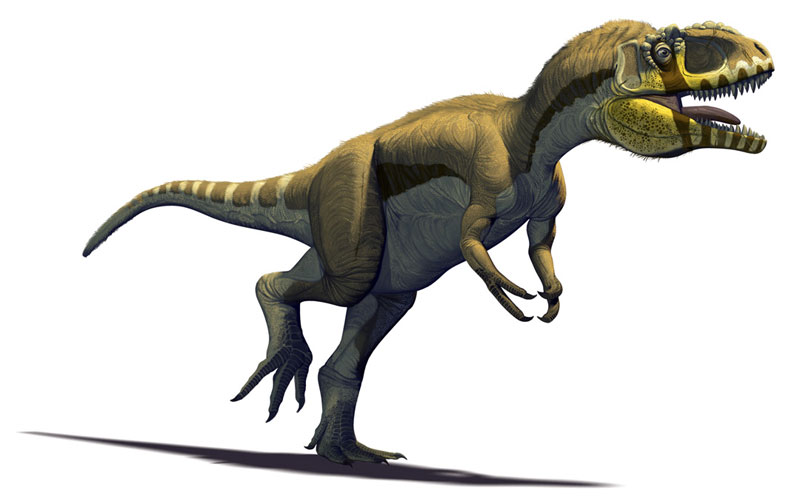Labocania (phonetically spelled as La-bo-ca-nee-ya) is an Anomala type species dinosaur named after the La Bocana Roja Formation by Ralph Molnar in 1974. The classification of this species is as follows: Chordata - Reptilia - Dinosauria - Saurischia - Theropoda – Tyrannosauroidea

Labocania are estimated to be about 6 meters long and they follow a carnivorous diet. The known location of this species includes the La Bocana Roja Formation of the Baja California in Mexico. They existed during the Campanian period of the Cretaceous era. The fossilized remains of the Labocania includes Partial and fragmentary remains of the skull, ischium and pubis.
Labocania is a genus of carnivorous theropod, possibly tyrannosauroid, dinosaur from Baja California, Mexico. They are estimated to have lived 73 million years ago, in the Campanian stage of the late Cretaceous Period.
The National Geographic Society and the Los Angeles County Museum of Natural History organized a joint paleontological expedition, led by geologist William J. Morris, to the Arroyo del Rosario in Baja California during the summer of 1970. During the expedition, a volunteer named Harley James Garbani discovered the skeleton of a theropod north of Punta Baja near Cerro Rayado. He later excavated the site in 1970 and 1971
Gregory S. Paul estimated its length at seven metres, its weight at 1.5 tonnes in 2010. The cranial elements of the Labocania are very robust, and the frontals in particular are strongly thickened. The teeth of the maxilla are gradually recurving and rather flat and those of the premaxilla do not have a D-shaped cross-section. Labocania is estimated to be a medium-sized carnivore about 20 feet long.
The affinities of Labocania are uncertain as it is based on fragmentary materials. Certain similarities exist between Labocania and tyrannosaurids, especially in the form of the ischium which features a low triangular obturator process and a circular lateral scar on the upper end. This was noted by Molnar and he placed the Labocania as Theropoda incertae sedis. He however did not assing Labocania to any family but he compared Labocania with Indosaurus and "Chilantaisaurus" maortuensis which later made the separate genus Shaochilong.
| Name: | Labocania (After the La Bocana Roja Formation). |
| Phonetic: | La-bo-ca-nee-ya. |
| Fossil representation: | Partial and fragmentary remains of the skull, ischium and pubis. |